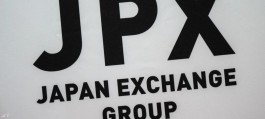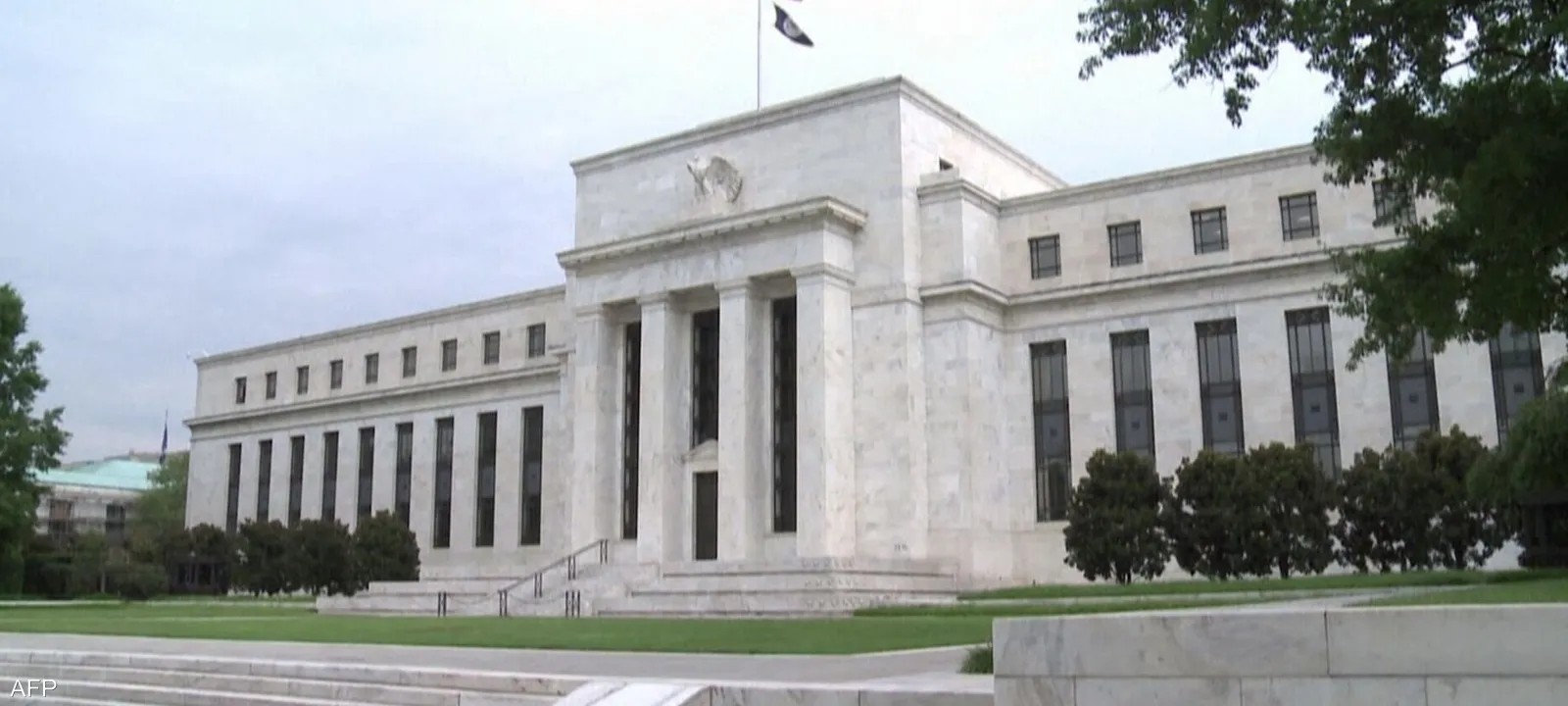Federal Reserve officials said Monday they remain confident that U.S. inflation will ease, with housing prices in particular expected to help slow the main pace of price increases, but they also acknowledged a growing sense of caution.
Federal Reserve Governor Lisa Cook said at an event hosted by Harvard University that she advocated a cautious approach to easing monetary policy, noting that while housing inflation remains too high, the current low rate of increase in new leases suggests it will continue to decline.
In an interview with Yahoo Finance, Chicago Federal Reserve Bank President Austan Goolsbee said the continued housing price inflation continues to surprise him, but he also feels it will subside.
Pointing to a slowdown in overall inflation progress this year, after a steady decline in 2023, Goolsbee said the main puzzle was housing, a key component of the consumer spending basket that accounts for a large share of recent headline inflation readings.
“We need to get housing inflation closer to where it was before the pandemic,” he said. “I think the rents in the market show that there is progress to be made, but we haven’t seen that yet in the aggregate data.”
The Federal Reserve last week kept its benchmark overnight interest rate steady in a range of 5.25%-5.50%, and in its new quarterly economic projections showed that the policymaker still expects three quarter-point rate cuts this year.
Goolsbee said he was among the group that expected three cuts, showing continued confidence among Fed policymakers that inflation will fall enough in the coming months to move forward with easing monetary policy.
But the rhetoric and substance of the debate has begun to change since the steady decline in inflation over the past year has given way to a slower pace of progress.
“We’re in a bit of a murky period,” Goolsbee said, though he said in general terms he agreed with Fed Chair Jerome Powell’s description last week that the overall story of persistently low inflation had not changed.
But others are starting to have doubts. Speaking to reporters late Friday afternoon, Atlanta Fed President Raphael Bostic said he was less confident than he was in December about continued progress on the inflation front, and he trimmed his rate outlook from two expected quarter-point cuts this year to just one.
Although investors are still betting that the Federal Reserve will start cutting interest rates in June, policymakers’ forecasts released last week showed a clear drift toward monetary easing this year.
While the median remained unchanged, it did so only barely, with nine of the 19 policymakers seeing higher interest rates at the end of 2024 than the 10 who set the median. In addition, policymakers’ risk assessments shifted slightly toward concerns about higher inflation.
New inflation data is due Friday. The personal consumption expenditures price index, which the Federal Reserve considers a good proxy for core inflation, rose 2.8% in January. Economists expect it to rise at the same pace in February.
While Lisa Cook did not specify her expectations for monetary policy this year, she agreed that the Fed should move cautiously when considering easing monetary policy.
“The risks to our employment and inflation goals are shifting toward better balance,” she said. “However, a full restoration of price stability may require a cautious approach to monetary policy easing.”




































